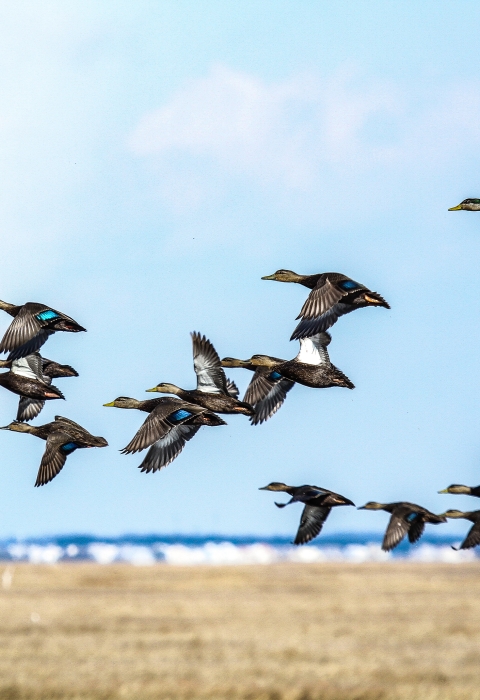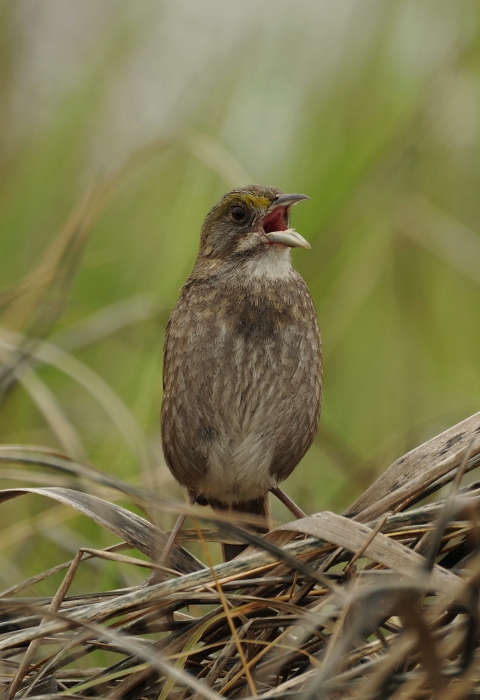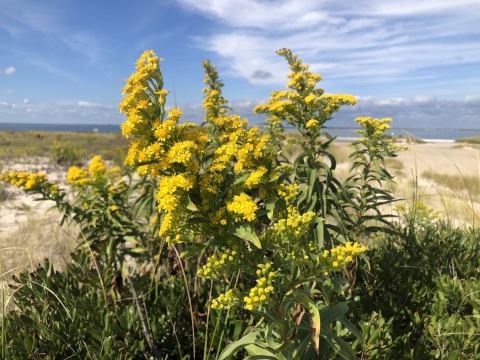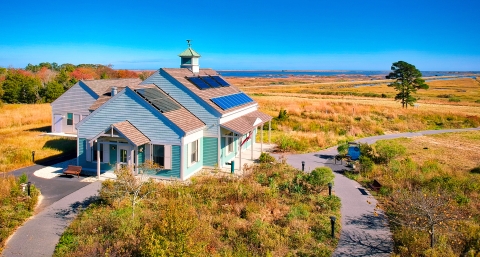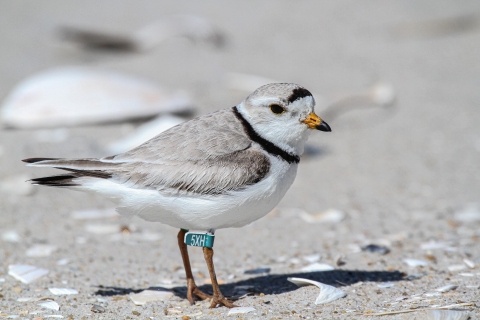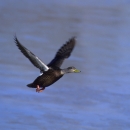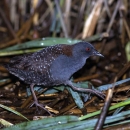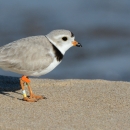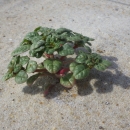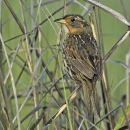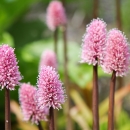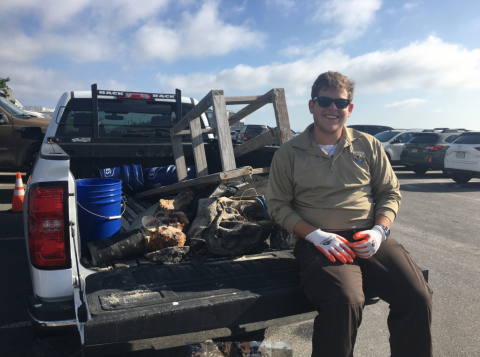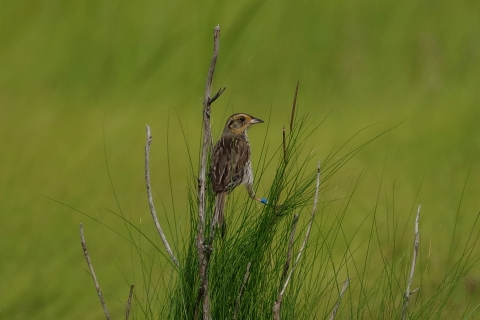Trails and the Wildlife Drive are open daily, sunrise to sunset. The Visitor Information Center is open Wednesday to Sunday, 10AM to 2PM. The Friends of Forsythe Gift Shop and pass sales are offered there. Entrance to Wildlife Drive is $4/car. Our Galloway location is located here: Forsythe HQ and Visitor Area in Galloway.
Visit Us
National wildlife refuges offer us all a chance to unwind from the stresses of daily life and reconnect with our natural surroundings. More than 78% of Edwin B. Forsythe National Wildlife Refuge is composed of coastal salt marsh salt marsh
Salt marshes are found in tidal areas near the coast, where freshwater mixes with saltwater.
Learn more about salt marsh , spanning 50 miles along the back bays of the New Jersey coast, from Barnegat Bay in Brick Township south to Reeds Bay, just outside Atlantic City.
The refuge includes several scenic trails that pass through coastal wetlands, freshwater ponds, early successional fields, and woodlands. The refuge features a non-motorized boat launch on Lily Lake, and motorized boat access at Scotts Landing boat launch, 10 minutes north of refuge headquarters in Galloway Township. Our Visitor Information Center is also located at our headquarters, where visitors can purchase America the Beautiful Passes (cash or check only). From headquarters, visitors can also access the Wildlife Drive, an 8-mile auto tour with excellent birding, considered one of the best birding areas in the region. The Wildlife Drive features two wildlife observational towers, a boardwalk extending over the salt marsh with views of the Atlantic City skyline, and links to a network of trails, providing opportunities for hiking, wildlife observation, photography, and more!
Please note: this refuge has entrance fees for the Wildlife Drive and trails located at refuge headquarters.
Location and Contact Information
About Us
Edwin B. Forsythe National Wildlife Refuge (NWR) protects more than 48,000 acres of southern New Jersey coastal habitat. The Refuge, which is actively managed for migratory birds, is located on one of the Atlantic Flyway's most active flight paths, making it a critical link during seasonal bird migration. Its value for the protection of water birds, their habitat, and the habitat of many other species continues to increase as we develop the New Jersey shore for our own use.
What We Do
The U.S. Fish and Wildlife Service conserves and monitors plants and wildlife, manages and restores habitat, and provides outdoor recreation for the public at the nation’s more than 550 National Wildlife Refuges.
Our Species
The refuge provides important habitat for all species; however, it specializes in migratory birds. Edwin B. Forsythe has a large, recorded bird list with over 360 species sighted. Several species of waterfowl, waders, shorebirds, and seabirds can be spotted on any given day along the Wildlife Drive. The refuge supports large wintering populations of American black duck (Anas rubripes) and Atlantic brant (Branta bernicla hrota) that rely on coastal wetlands for food and shelter.
The refuge also supports one of the largest breeding populations of the federally threatened piping plover in the State of New Jersey. This population utilizes some of the last remaining undeveloped coastline in the state, located on the Holgate and Little Beach Island wilderness areas. These protected sites also support other beach-nesting birds, including American oystercatcher, least tern, black skimmer, and common tern.
Wilderness areas are places untamed by humans. The Wilderness Act of 1964 allows Congress to designate wilderness areas for protection to ensure that America's pristine wild lands will not disappear. Wilderness areas can be part of national wildlife refuges, national parks, national forests or public lands managed by the Bureau of Land Management.
Learn more about wilderness area .
Get Involved
We offer a variety of opportunities to participate in the mission of the refuge, from volunteering during beach clean-ups, to education and outreach of visitors at our Visitor Information Center. We also offer internship opportunities to youth interested in wildlife management and conservation.
Projects and Research
The work that we conduct at the refuge focuses on understanding the needs of endangered species; developing strategies to combat climate change climate change
Climate change includes both global warming driven by human-induced emissions of greenhouse gases and the resulting large-scale shifts in weather patterns. Though there have been previous periods of climatic change, since the mid-20th century humans have had an unprecedented impact on Earth's climate system and caused change on a global scale.
Learn more about climate change impacts to habitat such as sea level rise; and habitat management for a variety of species, but primarily for migratory birds.
